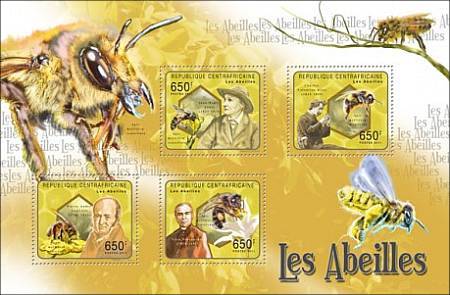Sublethal exposure to fungicides can affect honey bees (Apis mellifera L.) in ways that resemble malnutrition. These include reduced brood rearing, queen loss, and increased pathogen levels. We examined the effects of oral exposure to the fungicides boscalid and pyraclostrobin on factors affecting colony nutrition and immune function including pollen consumption, protein digestion, hemolymph protein titers, and changes in virus levels. Because the fungicides are respiratory inhibitors, we also measured ATP concentrations in flight muscle. The effects were evaluated in 3- and 7-d-old worker bees at high fungicide concentrations in cage studies, and at field-relevant concentrations in colony studies. Though fungicide levels differed greatly between the cage and colony studies, similar effects were observed. Hemolymph protein concentrations were comparable between bees feeding on pollen with and without added fungicides. However, in both cage and colony studies, bees consumed less pollen containing fungicides and digested less of the protein. Bees fed fungicide-treated pollen also had lower ATP concentrations and higher virus titers. The combination of effects we detected could produce symptoms that are similar to those from poor nutrition and weaken colonies making them more vulnerable to loss from additional stressors such as parasites and pathogens.
Source:
Effects of Oral Exposure to Fungicides on Honey Bee Nutrition and Virus Levels
Gloria Degrandi-Hoffman, Yanping Chen, Emily Watkins Dejong, Mona L. Chambers, Geoffrey Hidalgo
Journal of Economic Entomology Aug 2015, DOI: 10.1093/jee/tov251

- Log in to post comments
